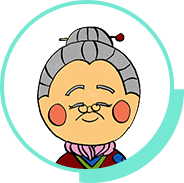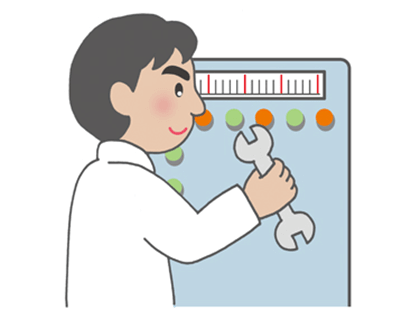The residents of "Haru-san House" take Tam there after running into her on the street.






As in "[name/occupation] desu," "desu" comes after a noun to make a sentence. In "A wa B desu" or "A is B," A is the topic or subject and B explains that. In the key phrase, the "A wa" part, which is "watashi wa" or "I am" is omitted. Omitting the topic or subject: If the topic or subject is clear from the context, it’s often left out. For example, "watashi wa" or "I am" can be omitted from a self-introduction. So, just "Tamu desu" is fine. No need to say "Watashi wa Tamu desu" or "I'm Tam."





You say this to a person who'll be taking care of you. It's often used in self-introductions. If the person you're speaking to is a friend or someone younger than you, you can shorten it to just "yoroshiku."

Japanese has three types of characters: Kanji, Hiragana and Katakana. For example, in Japanese "Watashi wa Tamu desu" or "I'm Tam" would be:
私はタムです
"私" is a Kanji, "は" and "です" are Hiragana, and "タム" is a Katakana.
Katakana is used to write names and words from other languages. Hiragana is used for other things. The phonetic letters of Katakana and Hiragana were made from Kanji. Kanji are ideograms used to write out major ideas.